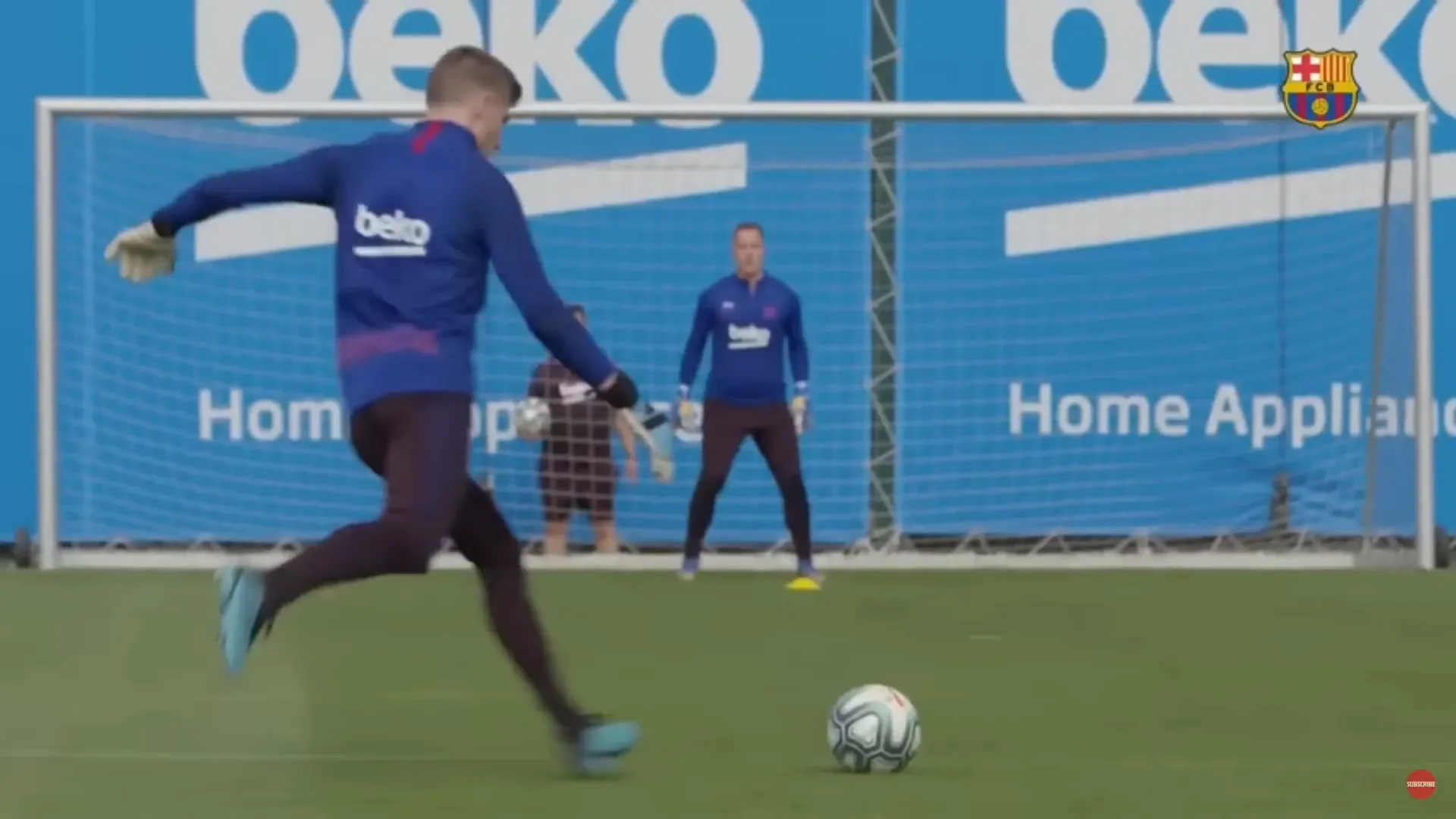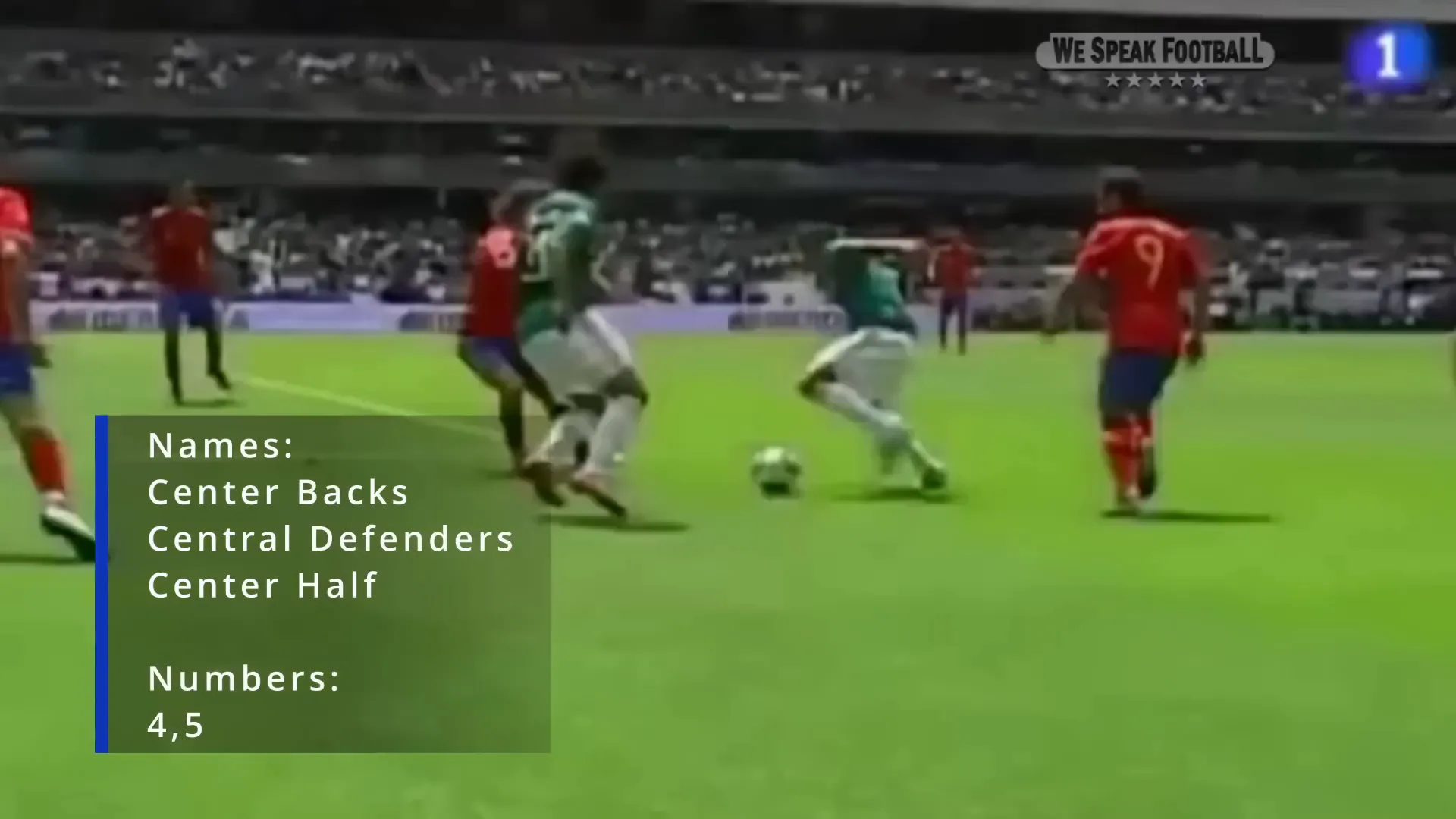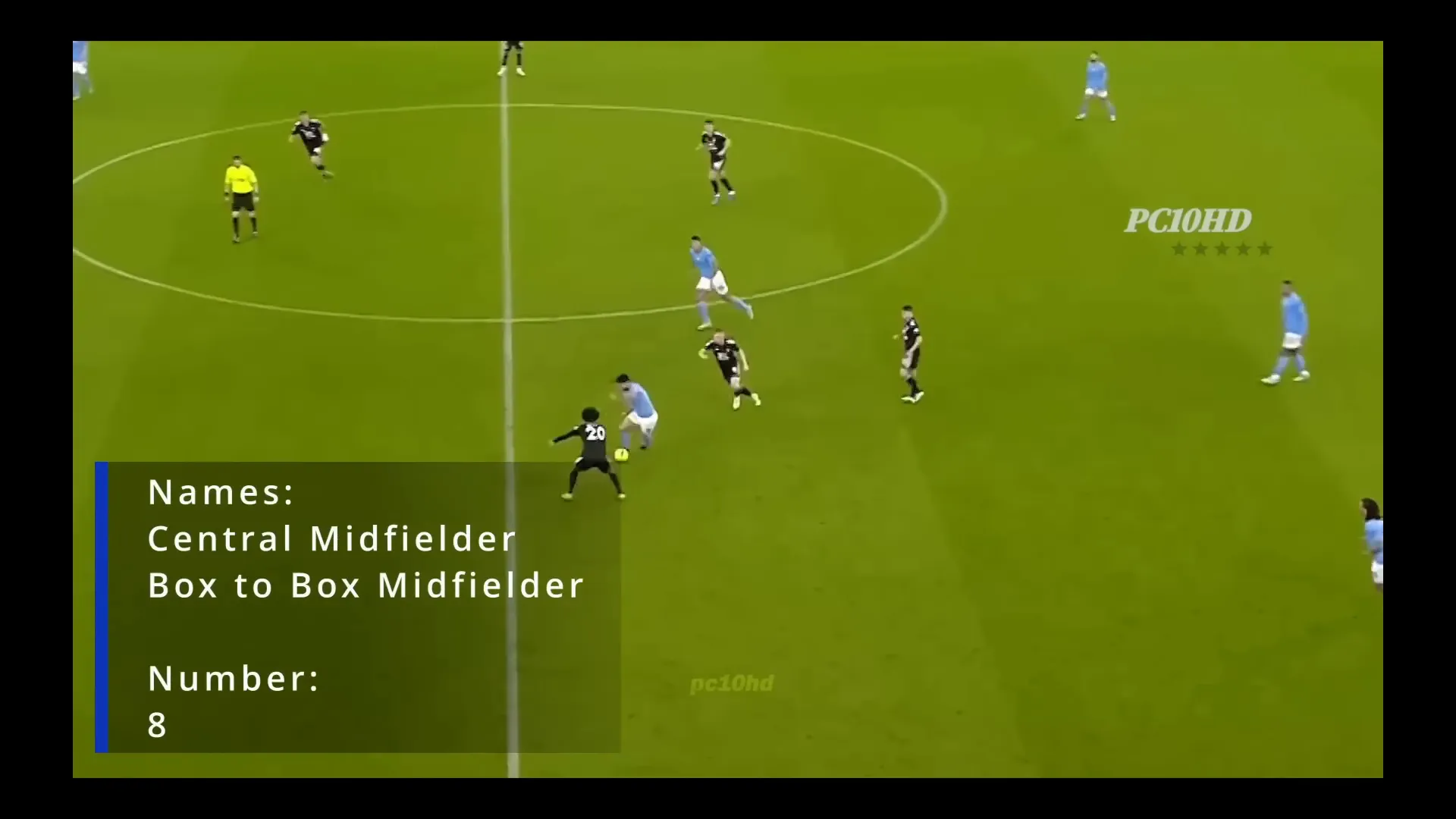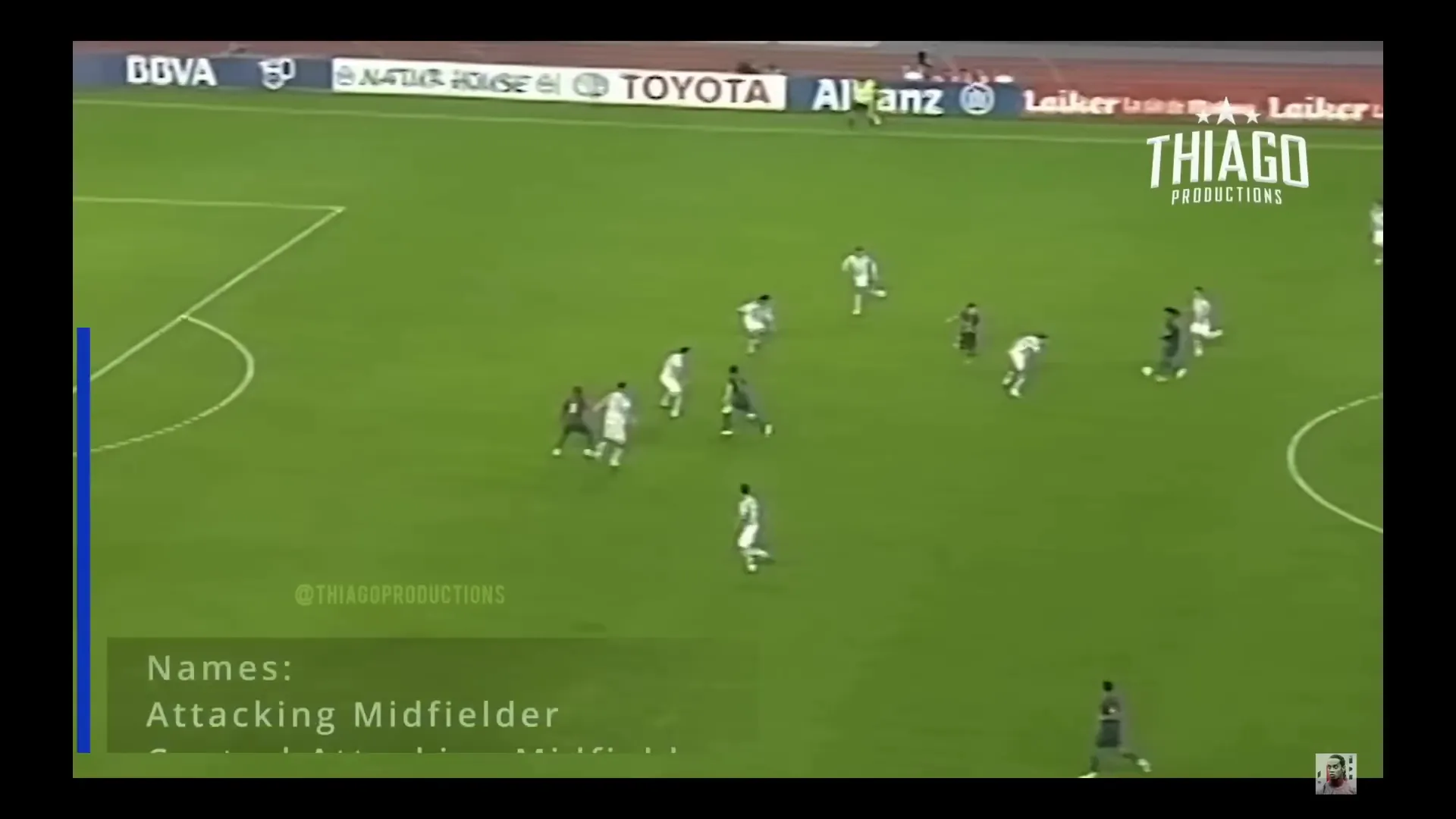Football, often simply called the beautiful game, is a skillful, strategic, and team-dependent sport. With each game, you can not help but wonder: How many positions in football? Familiarity with the positions in the field is important for both players and coaches and for any fan interested in getting a deeper level of enjoyment out of a game. Each position in a football field performs a specific function contributing to overall performance, and having an awareness of them can make your enjoyment of a game even deeper.
In football, a group consists of 11 players, and each player is assigned a position with a definite role in a game. Positions in a general sense fall under four categories: goalkeeper, defenders, midfielders, and forwards.
The beauty of soccer is not necessarily in skillful move executions but in attacking and defending structures utilized by teams. For instance, a 4-4-2 configuration involves four defenders, four midfielders, and two forwards, and a 4-3-3 configuration involves four defenders, three midfielders, and three forwards. There is a goalkeeper but not part of any configuration terminology.
This guide will cover each position, discussing its most important role, its most important skills, and a range of its most renowned professionals. By reading through this article, you will have a deeper understanding of how many positions in football and what each position entails. As a player, wishing to learn your role in the field, or a fan wanting a deeper level of awareness about the game, this in-depth analysis will provide you with information that you will need.
Understanding Football Positions
Football positions can fall under a range of categories. There is a below-presented table with key positions, numbering, and most critical jobs:
| Position | Number | Main Responsibilities |
|---|---|---|
| Goalkeeper | 1 | Prevent goals, distribute the ball, communicate with defense. |
| Center Back | 2 or 3 | Defend against attackers, win headers, organize defense. |
| Outside Back | 2 or 3 | Mark wingers, provide width in attack, deliver crosses. |
| Defensive Midfielder | 6 | Protect defense, break up plays, distribute the ball. |
| Central Midfielder | 8 | Link defense and attack, control tempo, support both ends. |
| Attacking Midfielder | 10 | Create scoring opportunities, assist strikers, score goals. |
| Winger | 7 or 11 | Stretch defense, provide crosses, cut in to shoot. |
| Striker | 9 | Score goals, link up play, apply pressure on defenders. |
Position Breakdown
1. Goalkeeper (Number 1)
The goalkeeper is the sole and ultimate player who can use hands, but only in and near the penalty region. Goalkeepers' work is to defend and not permit an opponent to score, and for that, quick reflexes and sound decision-making skills are a must. Goalkeepers in current times not only have to stop shots but have to utilize both hands and feet effectively, transitioning between defending and attacking phases of a match with ease. A perfect example for a brilliant goalkeeper is that of Liverpool goalkeeper, Alisson Becker, renowned for shot-stopping and distribution skills.

2. Center Backs (Numbers 2 and 3)
Center backs make up a part of a team's backbone when it comes to defending and must have effective tackling and reading in terms of being able to warn about attacking approaches in motion. Set-piece-winning headers and beginning attacking approaches at the back have become an increasingly high expectation for a modern-day center back. Virgil van Dijk and Sergio Ramos, both famous for defending and for being leaders, represent such a player.

3. Outside Backs (Numbers 2 and 3)
Outside backs, or full-backs, serve a dual purpose both in attack and in defending. Not only will they have to mark opposition wingers, but they will have to make attacking forays with supporting runs and deliver crosses for forwards. Andrew Robertson and Dani Alves illustrate two examples of modern-day outside backs' versatility.

4. Defensive Midfielders (Number 6)
Defensive midfielders serve as a liaison between defense and midfield. Defensive midfielders position themselves in a position to intercept and shut down plays before having a chance to become a threat. Defensive midfielders cover for the defense and maintain a shape for the team, too. N'Golo Kanté is a perfect example, with a work ethic and positional awareness that is simply extraordinary.

5. Central Midfielders (Number 8)
Central midfielders possess a range of skills and can contribute in both attacking and defending phases of a game. Central midfielders have a part in connecting, dictating pace, and most often in taking the ball from defense to attack. Central midfielder Kevin De Bruyne is an ideal role model for such a player.

6. Attacking Midfielders (Number 10)
Attacking midfielders, alternatively referred to simply as the number 10, make up a team's creative beat. Playing in spaces between forwards, attacking midfielders try to exploit gaps in defenses with penetrating balls. Examples of famous attacking midfielders include Lionel Messi and Bruno Fernandes, both well-known for both scoring and for having a strong vision.

7. Wingers (Numbers 7 and 11)
Wingers are utilized to stretch out the opponent's defense. Wingers will work out wide and have a big part in creating a scoring opportunity through providing a cross into the penalty box, and cutting in and striking a shot. Wingers such as Eden Hazard and Mohamed Salah have a renowned talent for dribbling and scoring when out wide.
8. Strikers (Number 9)
Strikers are a first-team preferred target for a group, and they must be clinical in and about the penalty region, reading crosses, and creating for oneself and for others. There are two forms of target and poachers for strikers. Robert Lewandowski and Harry Kane embody a striking role with statistics in terms of goals and passing range.
Conclusion
Understanding how many positions in football and precisely what role each position plays is significant for everyone involved in the activity. As a player, a coach, or a spectator, knowing aids your level of understanding of the activity and its nuance. Don't forget, each position carries its own demand and aids in a successful team in its own way.
By familiarizing yourself with these roles, not only will your own game improve, but your enjoyment and comprehension of the lovely game will become deeper. Next time out in the field, or at a game in attendance, you will have a complete grasp of each player's role and contribution to overall team strategy.
Frequently Asked Questions
How many positions are in football?
In football, a player can have 11 positions in a field for both sides, i.e., goalkeeper, defenders, midfielders, and forwards. There can be a variation in both position and number, according to a team's form and strategy.
What is the role of a goalkeeper?
The goalkeeper's initial and most critical function is to deny the opponent a chance to score via shots at goal. Goalkeepers have a single allowance to use hands in and in and about the penalty region and have a function in regulating defending during set-pieces.
What are the different types of midfielders?
Midfielders can be categorized in a range of types, including defensive midfielders (CDM), central midfielders (CM), and attacking midfielders (CAM). All serve a purpose, including intercepting and creating scoring opportunity.
Who are some famous football players in each position?
Some notable players include: - Goalkeeper: Alisson Becker - Center Back: Virgil van Dijk - Outside Back: Andrew Robertson - Defensive Midfielder: N'Golo Kanté - Central Midfielder: Kevin De Bruyne - Attacking Midfielder: Lionel Messi - Winger: Mohamed Salah - Striker: Robert Lewandowski.

